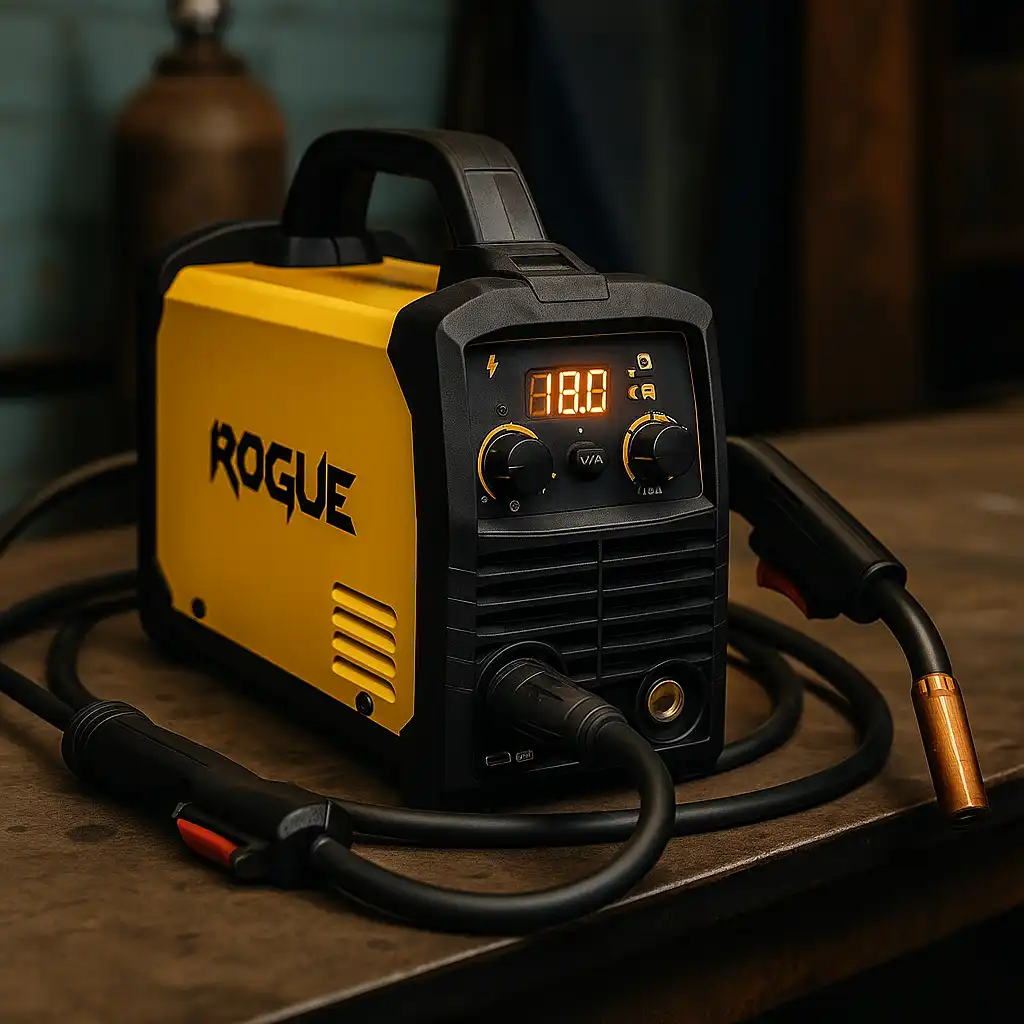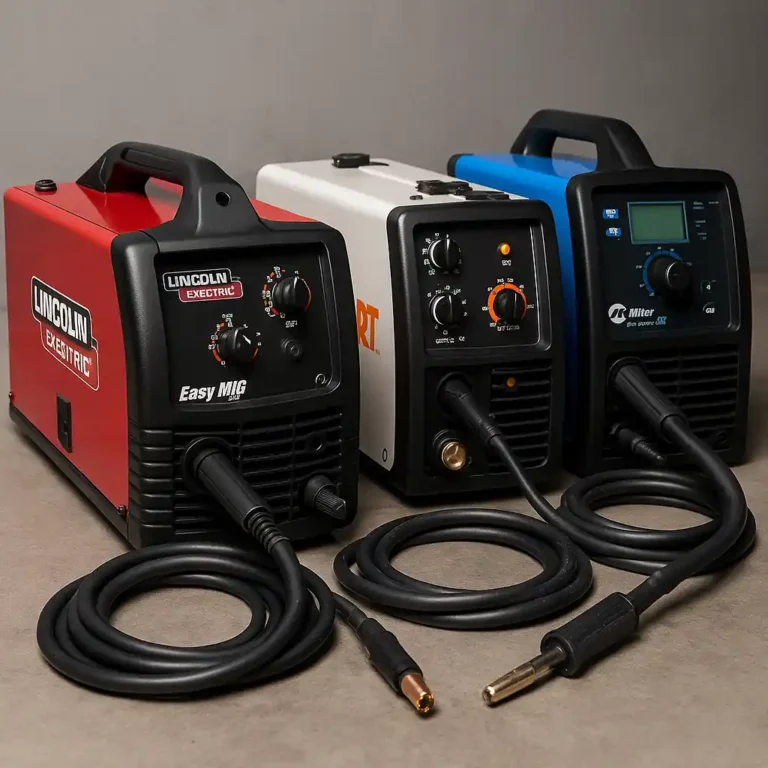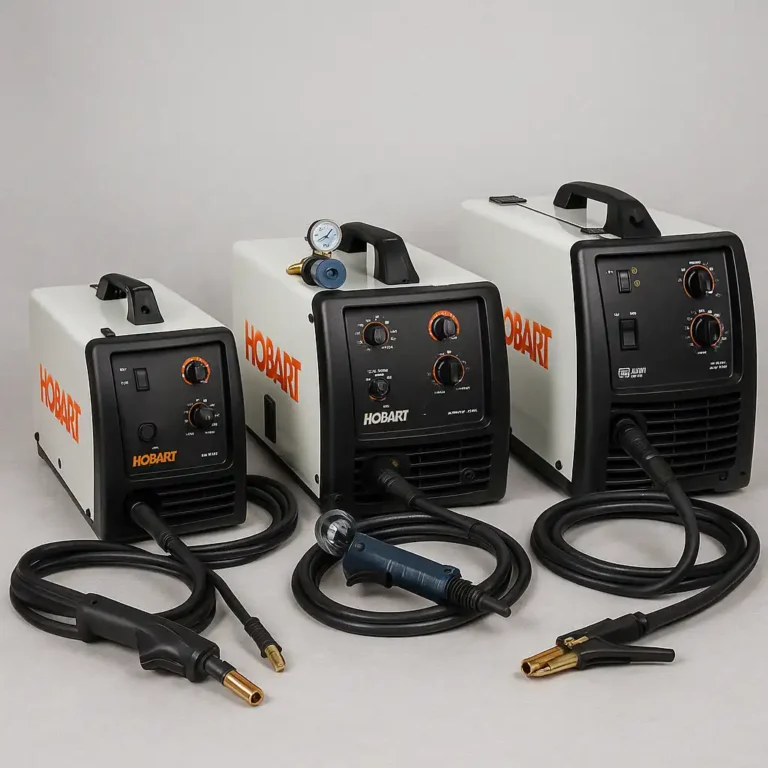ESAB EM 210 MIG Welder Review: Smooth Performance in a Pro-Level Package

Disclosure: This post contains affiliate links. As an Amazon Associate, I earn from qualifying purchases—at no extra cost to you.
The ESAB Rogue EM 210 PRO is a compact MIG welder designed for welders who need clean performance and solid build quality without overcomplicating things. It’s powerful enough for small shop projects, light fabrication, and general metalwork—while still being easy to carry and set up in minutes.
From user feedback to hands-on impressions across forums, this welder is getting high marks for reliability, arc quality, and versatility.
Rugged Build That Feels Right
The EM 210 looks and feels like a professional-grade machine. Its tough outer shell, responsive knobs, and clear digital display give it a durable, no-fuss vibe. The control layout is intuitive—something that matters when you’re switching settings mid-job.
It also comes with dual voltage support (120V and 230V), so it works in both shop and home environments. Buyers often mention how well it handles day-to-day use in real-world conditions, especially for small fabrication jobs or on-site repairs.
Smooth Arc and Simple Controls
Arc stability is where the EM 210 really stands out. Based on verified reviews, this welder delivers a clean, steady arc with both solid wire and flux-core. Users say welds come out smooth with minimal cleanup, which saves time on grinding.
It uses a two-knob setup—one for voltage, one for wire speed. No menu diving, no digital overload. It’s a refreshingly simple design that’s easy to dial in and just start welding.
Solid Power and Dependable Duty Cycle
The welder offers up to 200 amps on 230V, which gives it enough strength for most small to medium metal jobs. With a 30% duty cycle at 200A, it can handle consistent welding runs without cutting out too quickly.
From feedback online, it’s commonly used for tasks like welding tubing, sheet metal, gates, and mild steel structures. It’s not a heavy industrial machine, but it comfortably covers the needs of experienced DIYers and small workshop welders.
Lightweight and Fast to Set Up
Despite the performance, this unit weighs under 30 pounds—making it one of the more portable machines in its class. You can haul it around easily or store it without rearranging your whole shop.
Setup is fast and straightforward. The welder comes with everything you need: MIG gun, ground clamp, and the 120V/230V adapter. Most users say they were up and running in 10–15 minutes, making it ideal for mobile jobs or switching between locations.
Check Price & Availability
View on Amazon – ESAB 210A MIG Welder (Dual Voltage, Rogue EM 210 PRO)
Conclusion
The ESAB EM 210 PRO is a dependable, easy-to-use MIG welder that delivers professional-level results without the bulk or complexity of higher-end machines. It’s got the power, portability, and quality needed for serious hobbyists, shop owners, and mobile welders alike.
While it’s a bit more of an investment than entry-level machines, the smooth arc, clean controls, and tough build make it a smart long-term pick for anyone welding regularly.






